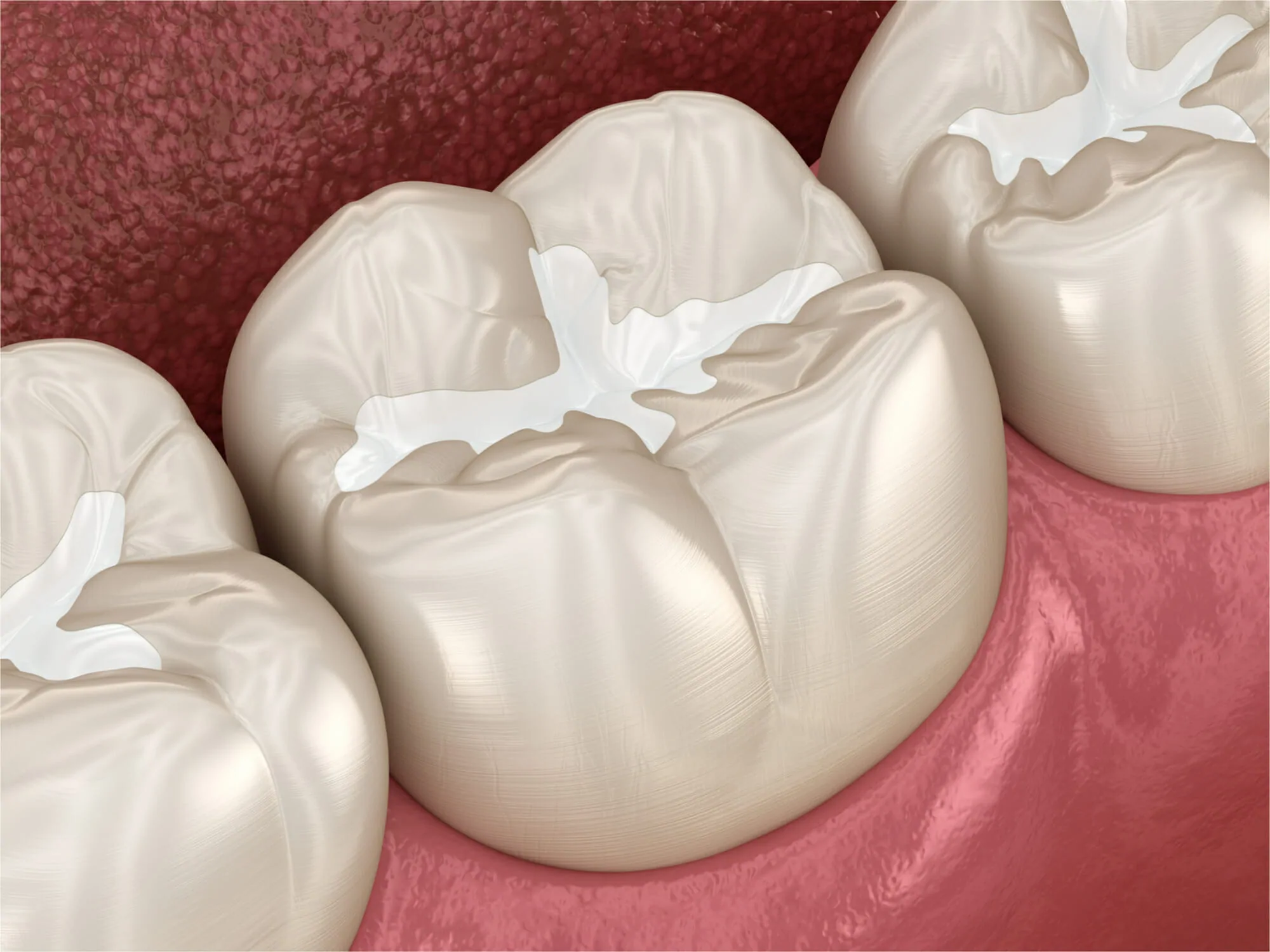What are dental fillings used for?
Dental fillings are used to help repair the damage caused by tooth decay.

How do I know if I need a filling?
You may recognize the need for a filling due to tooth pain, sensitivity, a dark spot on a tooth, or another symptom.
Overall, only a dental professional can determine whether a patient is in need of a filling. That is why it is key to set up an appointment as soon as you suspect you may have a cavity. We will examine your teeth and may request digital X-rays to diagnose a cavity. Likewise, attending regular dental appointments twice a year is important so that your dentist can check your teeth and help remove any plaque buildup or tartar — both culprits of cavity-causing tooth decay.
If you have been experiencing pain, discomfort, sensitivity, or other issues in one or more teeth, it is important to give the Garine & Boza Prosthodontics team a call. Addressing any possible issues as early as possible is essential to your oral health. Waiting too long to receive a filling could necessitate more intensive interventions.
What types of fillings are there?
There are several different types of fillings available. Each has its advantages and disadvantages, and they include:
- Amalgam fillings: These fillings are made from a mixture of different metals, and are among the longest-lasting, least-expensive fillings available on the market. However, these fillings are noticeable — especially since they tend to darken over time.
- Composite fillings: These fillings can be colored to match your existing teeth, meaning that they will blend in and offer superior contributions to the aesthetics of your smile. However, these types of fillings tend to wear out faster than others, requiring future replacement.
- Gold fillings: Fillings made from a blend of gold and other metals last the longest out of all other filling material choices. However, these fillings are noticeable and pricey.
- Ceramic fillings: This type of filling material is ideal for aesthetic fillings that blend into your natural tooth color as well as resist staining. However, these filling types are less durable than others.
The Garine & Boza Prosthodontics team will work with you to determine which filling is best for your dental health treatment plan.
What is the process of getting a filling like?
The process of getting a filling is simple and straightforward. When we determine that you have a cavity, we will numb the area so that you remain comfortable throughout the treatment. With great care, we will remove the area of your tooth that has been damaged by tooth decay and clean it. Then, based on your pre-discussed treatment plan, we will fill the cavity with the material of your choosing and shaped to match the rest of your tooth.
How long do fillings last?
The length of time that fillings can last in a patient’s mouth depends on many different factors, including the material chosen for the filling, the patient’s overall health, and their oral health and hygiene habits. For example, individuals who do not regularly brush and floss their teeth may experience additional decay and damage to existing fillings. Likewise, those patients with untreated bruxism, or nighttime teeth grinding, may cause damage to teeth already weakened by multiple fillings.
